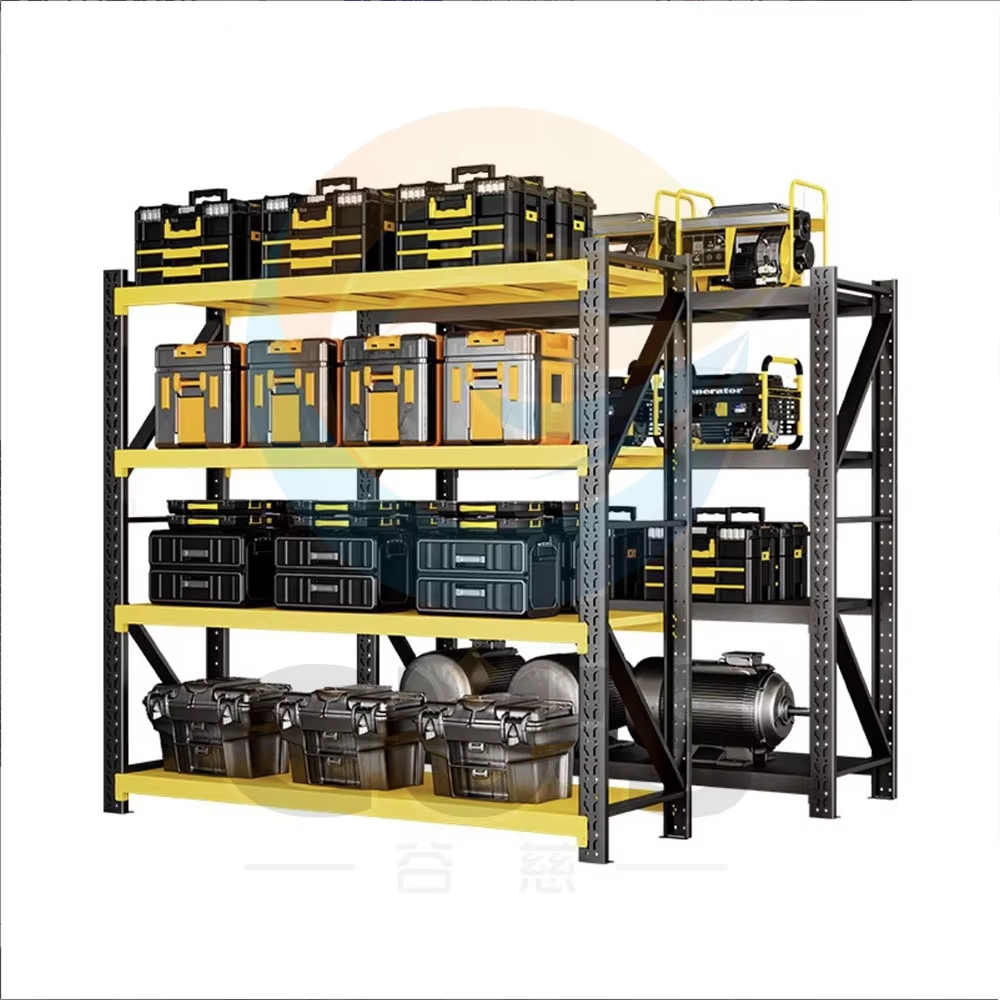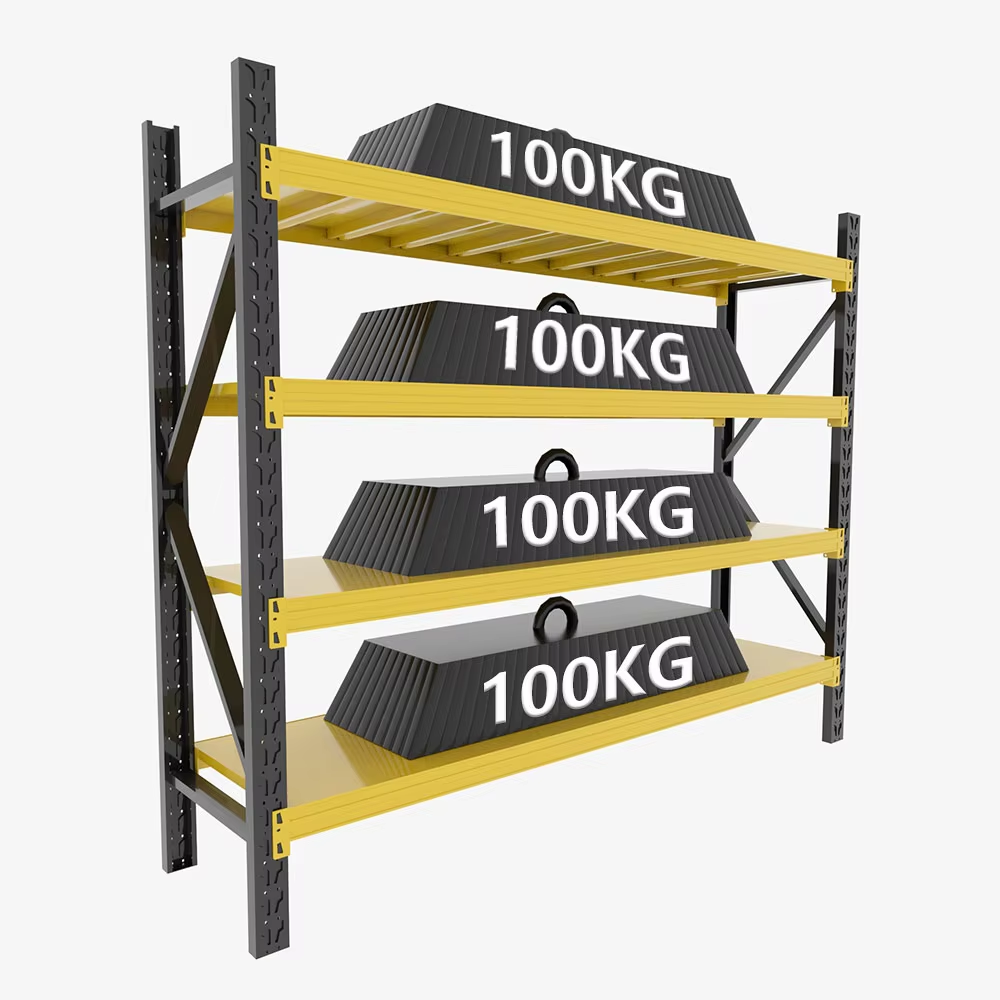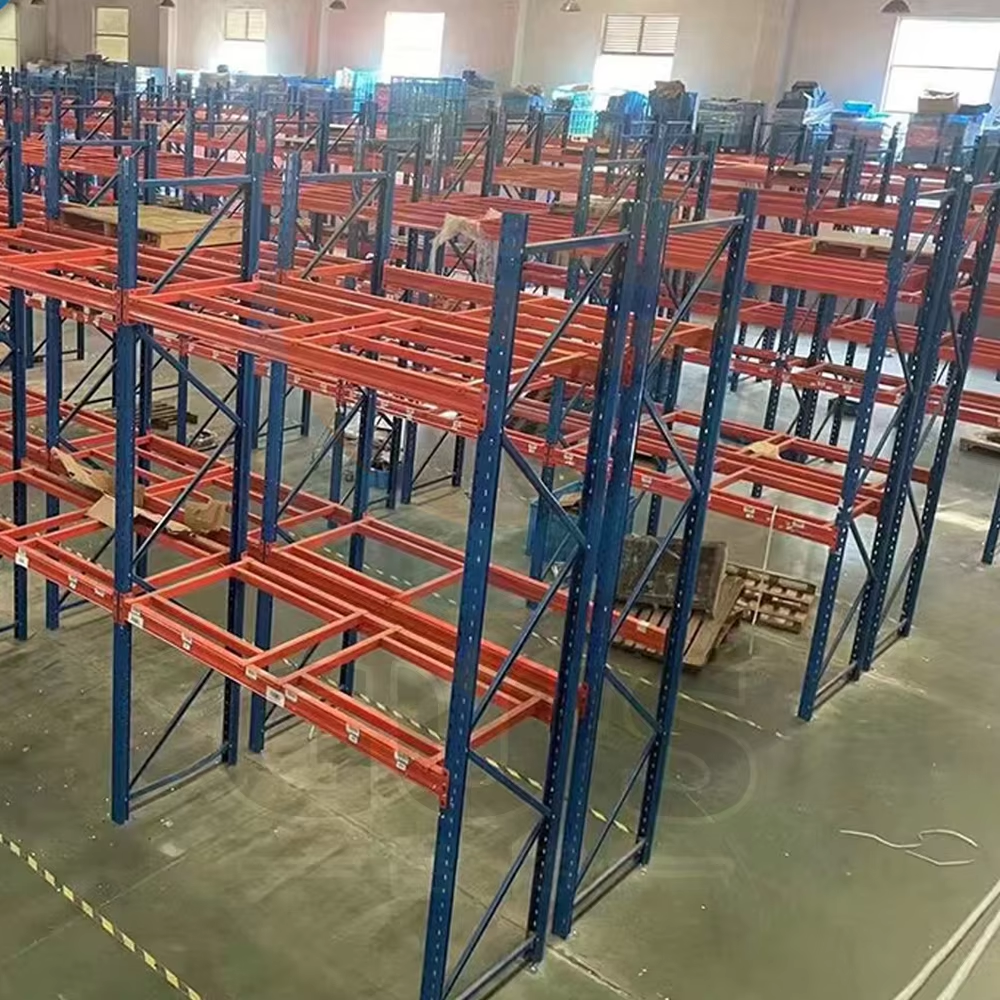types of racking system in warehouse
Warehouse racking systems are essential storage solutions that optimize space utilization and improve operational efficiency. The main types include Selective Pallet Racking (SPR), which offers direct access to all pallets and is ideal for warehouses with diverse SKUs, Double Deep Racking that doubles storage capacity by allowing pallets to be stored two deep, Drive-In/Drive-Through Racking designed for high-density storage of homogeneous products, Push-Back Racking utilizing gravity-fed carts for dense storage while maintaining selectivity, Pallet Flow Racking that operates on a first-in-first-out (FIFO) basis ideal for perishable goods, Cantilever Racking specifically designed for long or irregular-shaped items, and Mobile Racking systems that eliminate fixed aisles to maximize space utilization. Each system incorporates advanced safety features including load indicators, impact protection, and anti-collapse mechanisms. Modern racking systems often integrate with warehouse management systems (WMS) through barcode scanning and RFID technology, enabling real-time inventory tracking and optimized picking operations.


